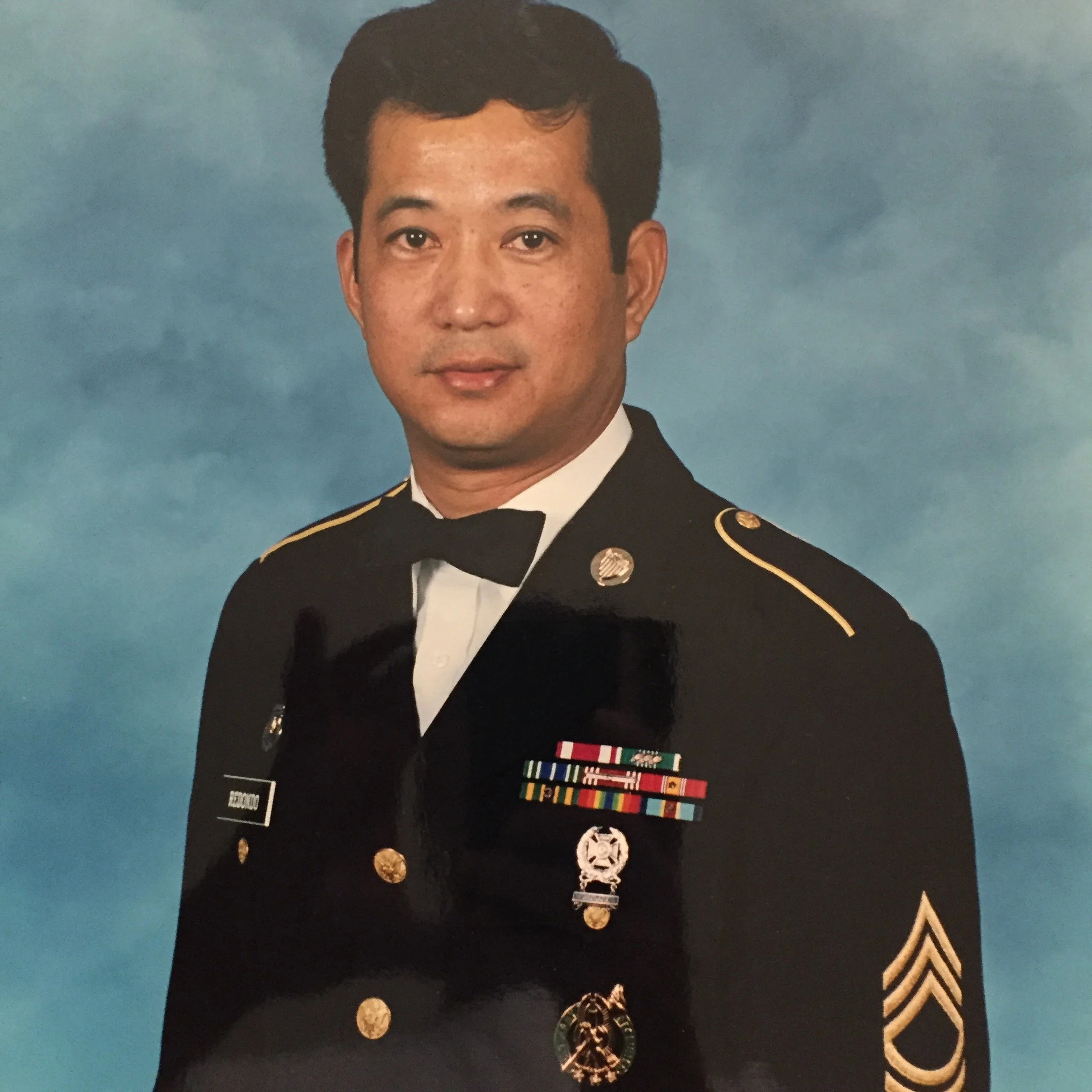The Unluckiest US Battleship To Ever Serve The Philippines
Have you ever heard the story of the military mishaps of the USS William D. Porter (DD-579), AKA the "Willie Dee"?
While most Filipino and Non-Filipino military historians will know that the Willie Dee was a key warship in the liberation of the Philippines against the Japanese during WW2, what most people don’t know is that its resume is quite embarrassing- with its crew even almost accidentally firing at a sitting US President. We break down its harrowing mishaps for you history and war buffs on the blog today.
USS William D. Porter (DD-579), in Massacre Bay, Attu, Aleutian Islands, with other destroyers, 9 June 1944.
The ship grew in infamy during World War II for its series of embarrassing incidents that made it the subject of ridicule and controversy. While the ship's crew was comprised of brave sailors who risked their lives to serve their country, their mishaps and mistakes brought unwanted attention to the ship and its crew.
The first major incident occurred during the ship's shakedown cruise in Chesapeake Bay in June 1943. As the ship was returning to port, a series of miscommunications between the ship's crew led to the accidental firing of a live torpedo, which narrowly missed hitting the battleship USS Iowa, carrying President Franklin D. Roosevelt at the time.
The Porter's crew had failed to properly secure the torpedo tubes after a drill, causing one of the torpedoes to be armed and fired without warning. The incident caused panic on the USS Iowa and led to a high-level investigation into the incident.
The second incident occurred a few months later, in August 1943, during the Allied invasion of Sicily. The Porter was part of a task force tasked with providing naval gunfire support for the troops on the ground. However, the ship accidentally fired several rounds of its 5-inch guns in the direction of the USS LST-480, a landing craft carrying Army personnel and equipment. The Porter's shells missed the LST, but the incident caused damage to the craft and resulted in several casualties. This incident prompted the task force commander to demand that the Porter leave the area, stating that "I never want to see or hear of that damn ship again!"
The third incident occurred in November 1943, when the Porter was escorting a convoy in the Atlantic Ocean. The ship's crew mistakenly identified a British aircraft as an enemy plane and opened fire, narrowly avoiding shooting down the friendly aircraft. The incident led to a formal protest by the British government and resulted in the Porter being removed from convoy duty.
But don’t let this ship’s mistakes fool you. The ship played a role in the liberation of the Philippines from Japanese occupation.
In late 1944, the USS William D. Porter was assigned to Task Force 38, which was tasked with supporting General Douglas MacArthur's campaign to retake the Philippines. The ship participated in the Battle of Leyte Gulf, one of the largest naval battles in history, which took place from October 23 to 26, 1944.
During the battle, the USS William D. Porter provided anti-aircraft support to the larger ships in the task force, shooting down several Japanese planes. The ship also assisted in rescuing survivors from the USS Princeton, which had been sunk by Japanese bombs.
After the Battle of Leyte Gulf, the USS William D. Porter continued to provide support for the American forces in the Philippines. The ship conducted patrols and escorted convoys to various ports in the country, helping to secure the area and prevent Japanese reinforcements from reaching the front lines. Eventually, Willie Dee would also come to rescue during the bloody Battle of Okinawa.
Despite its infamy, the USS William D. Porter continued to serve in the US Navy until it was decommissioned in 1945. The ship was eventually sold for scrap in 1946, bringing an end to its short but eventful career. While the incidents involving the Porter were certainly embarrassing for the Navy, they also serve as a reminder of the bravery and sacrifices made by the men and women who serve in the military, and the importance of learning from our mistakes.
Written By Julian Russel Yu Noche
Read our recent blogs






















It all started with a table outside of a Seafood City in 2015.
LEAD Filipino volunteers were on hand with clipboards and flyers for a Filipino voter registration drive. It was an early campaign for the grassroots organization, which grew out of a desire to build Filipino civic voice and representation.
Read More